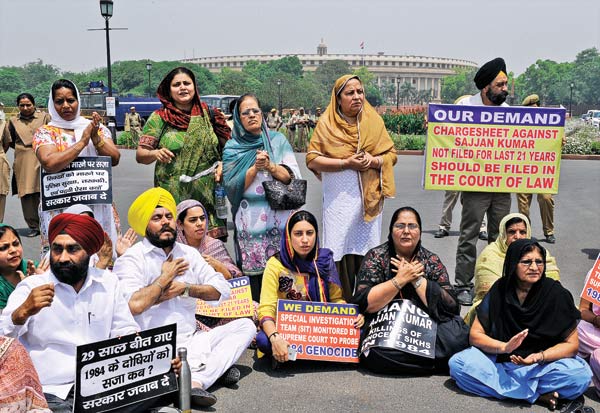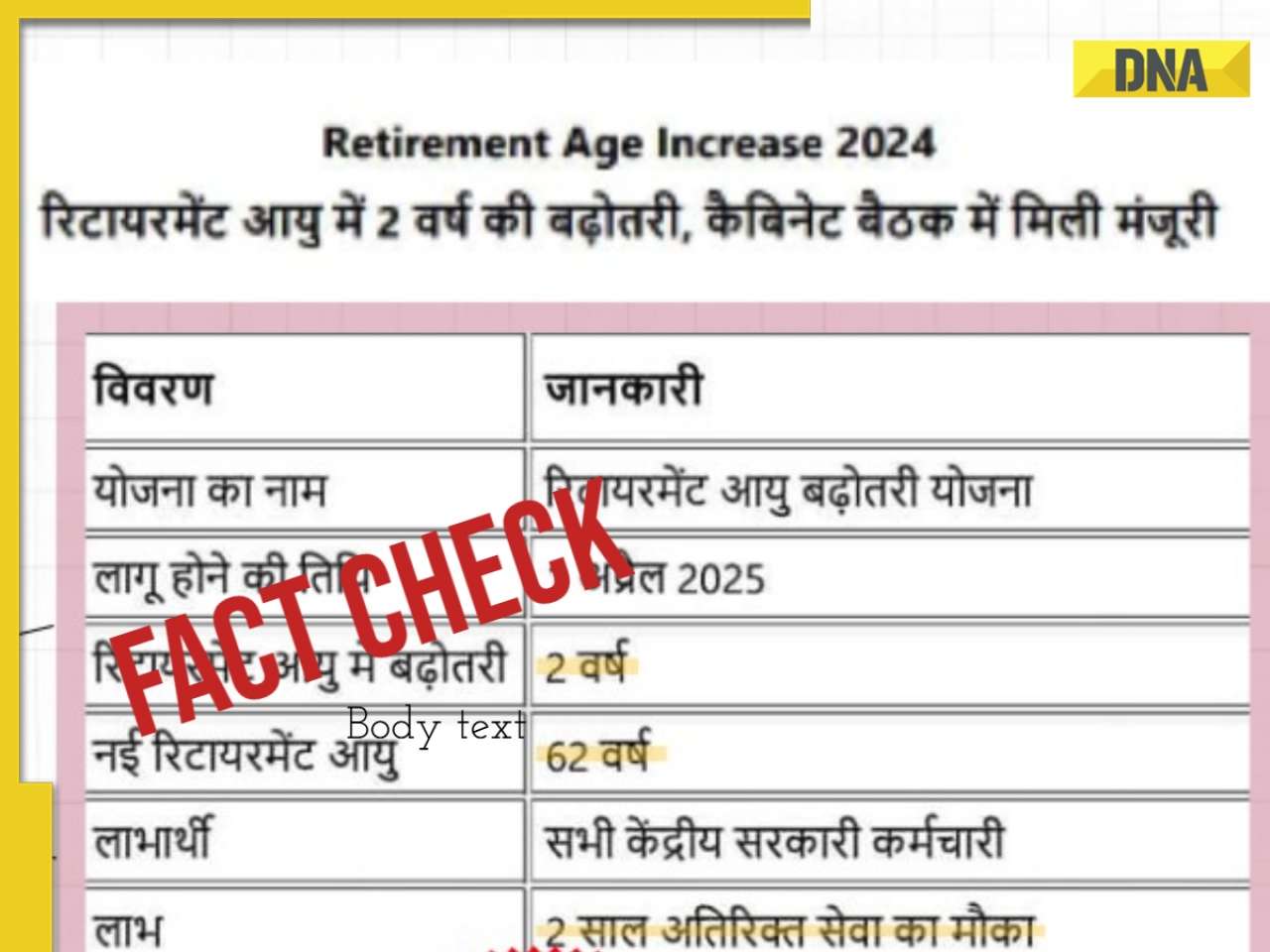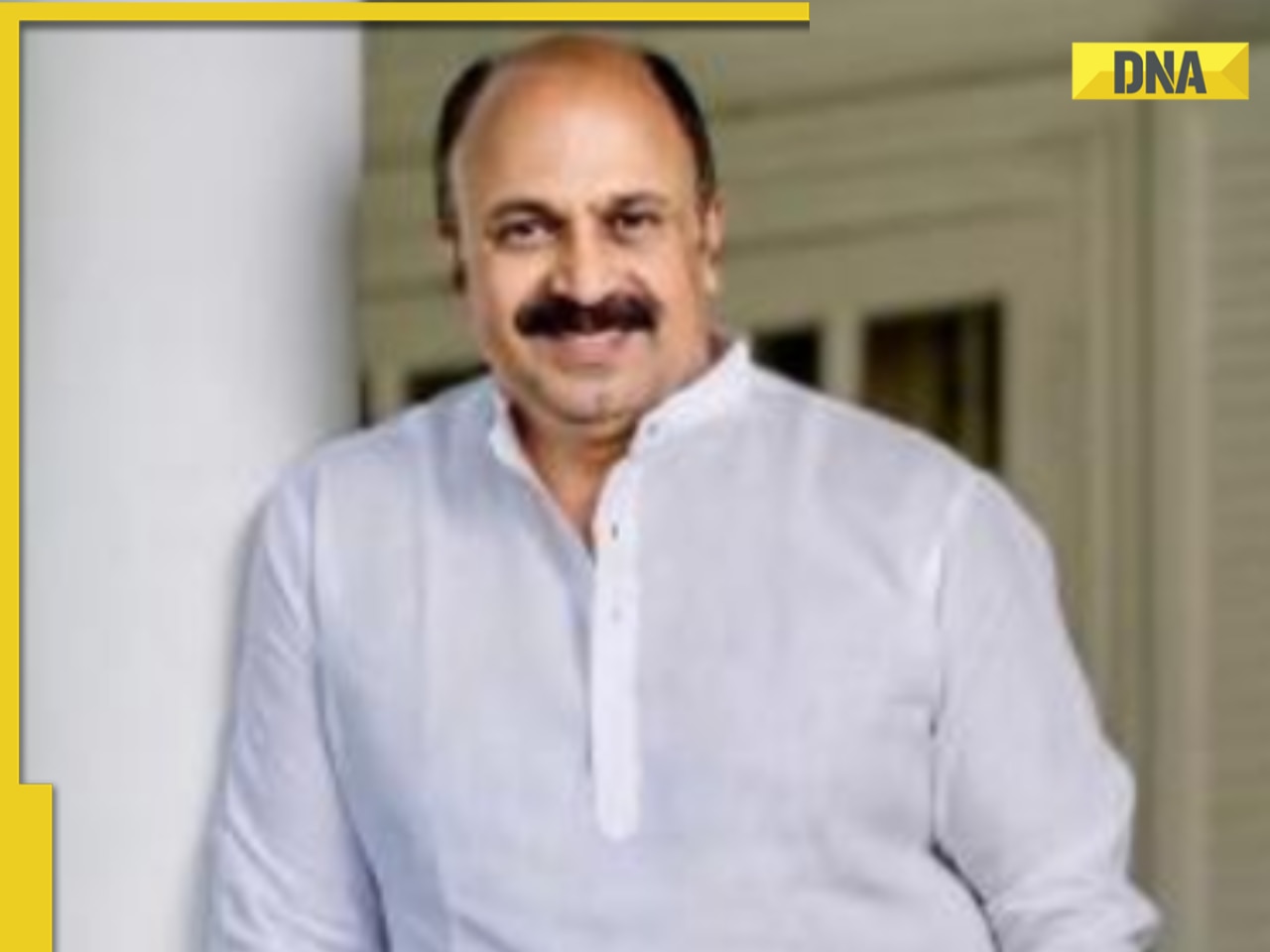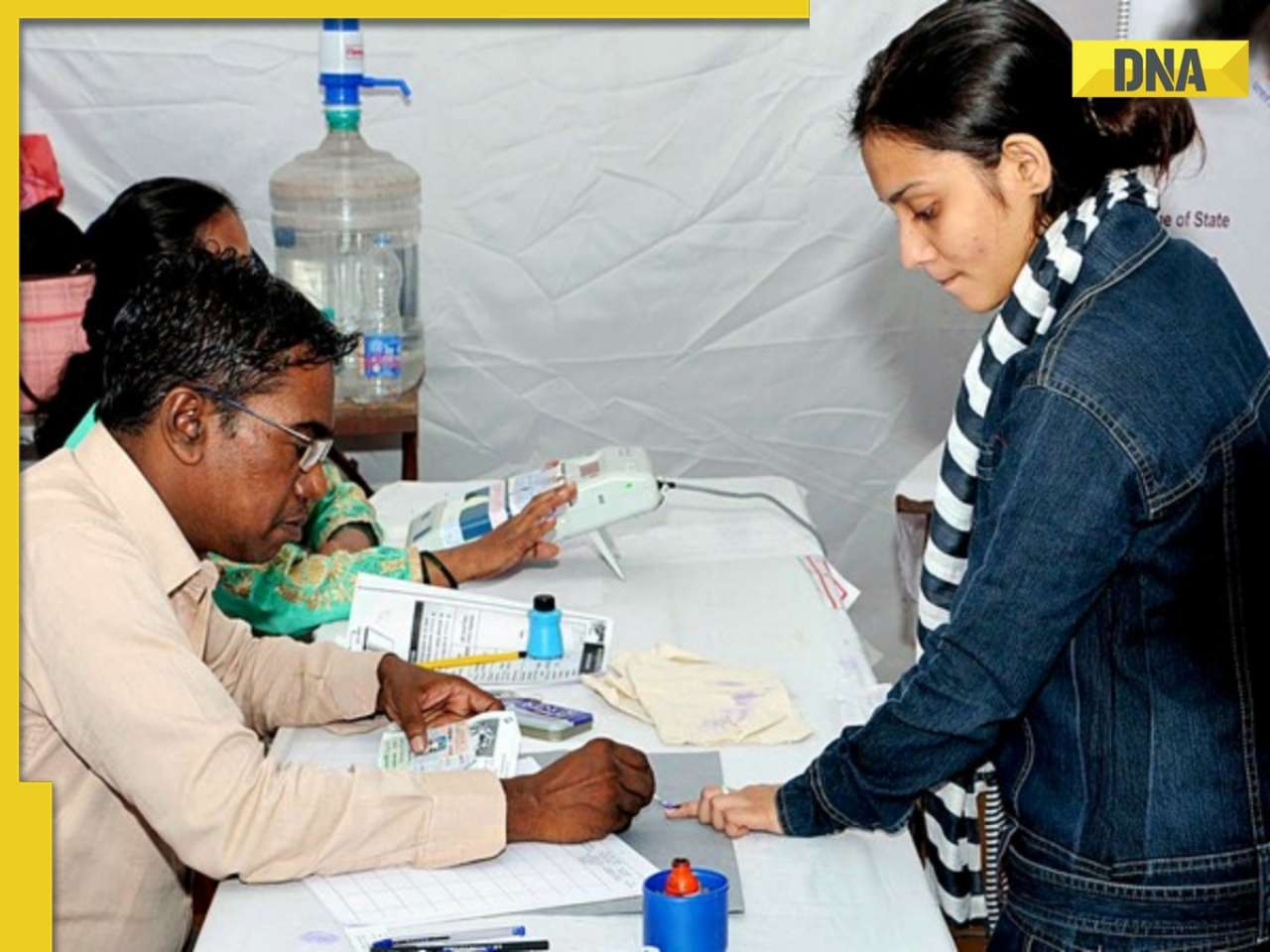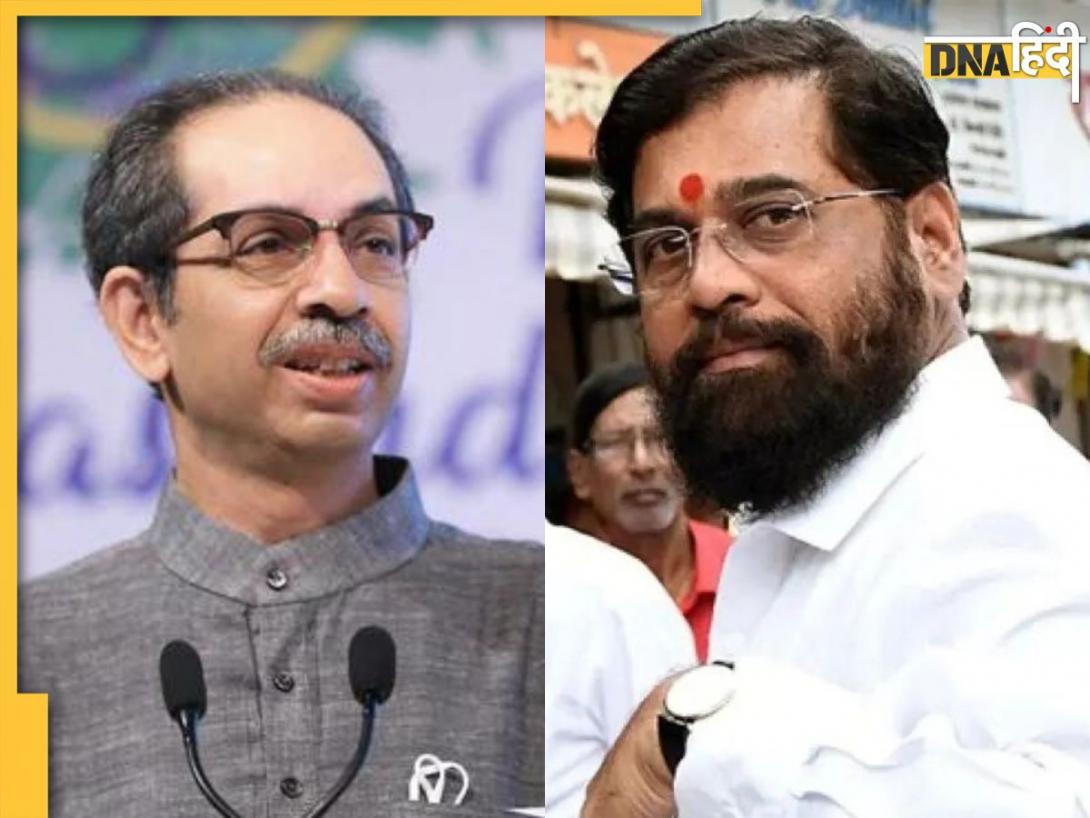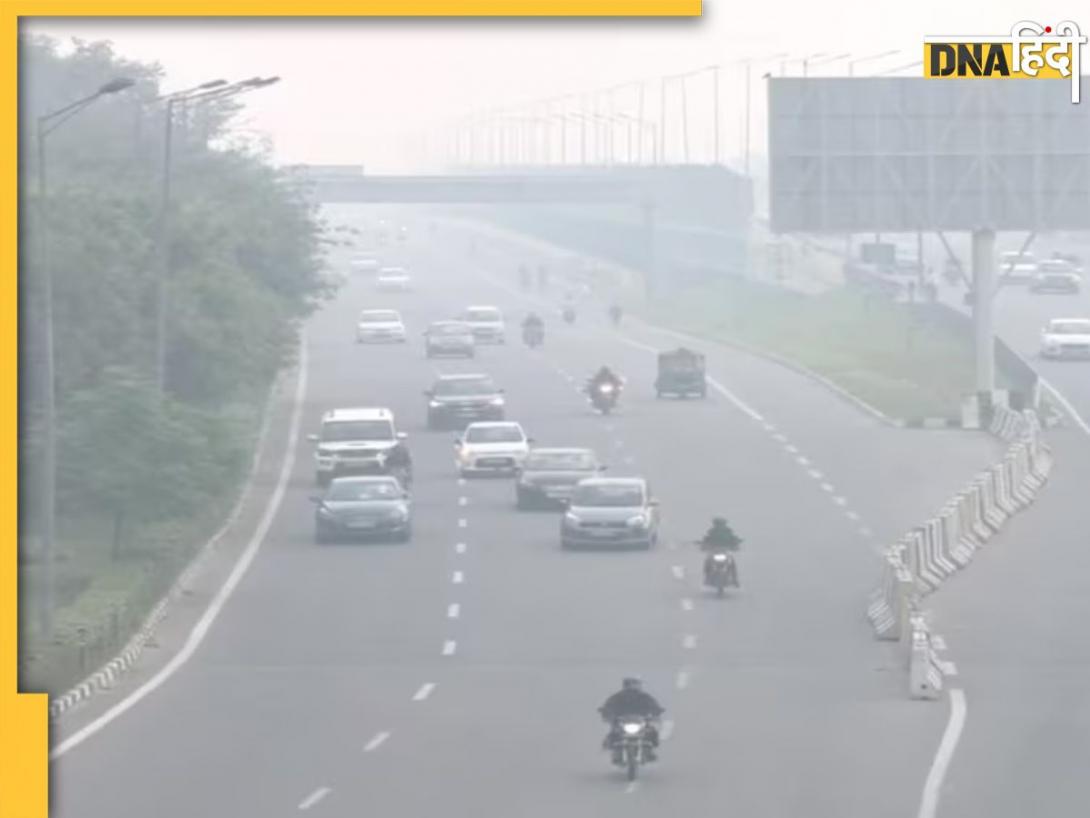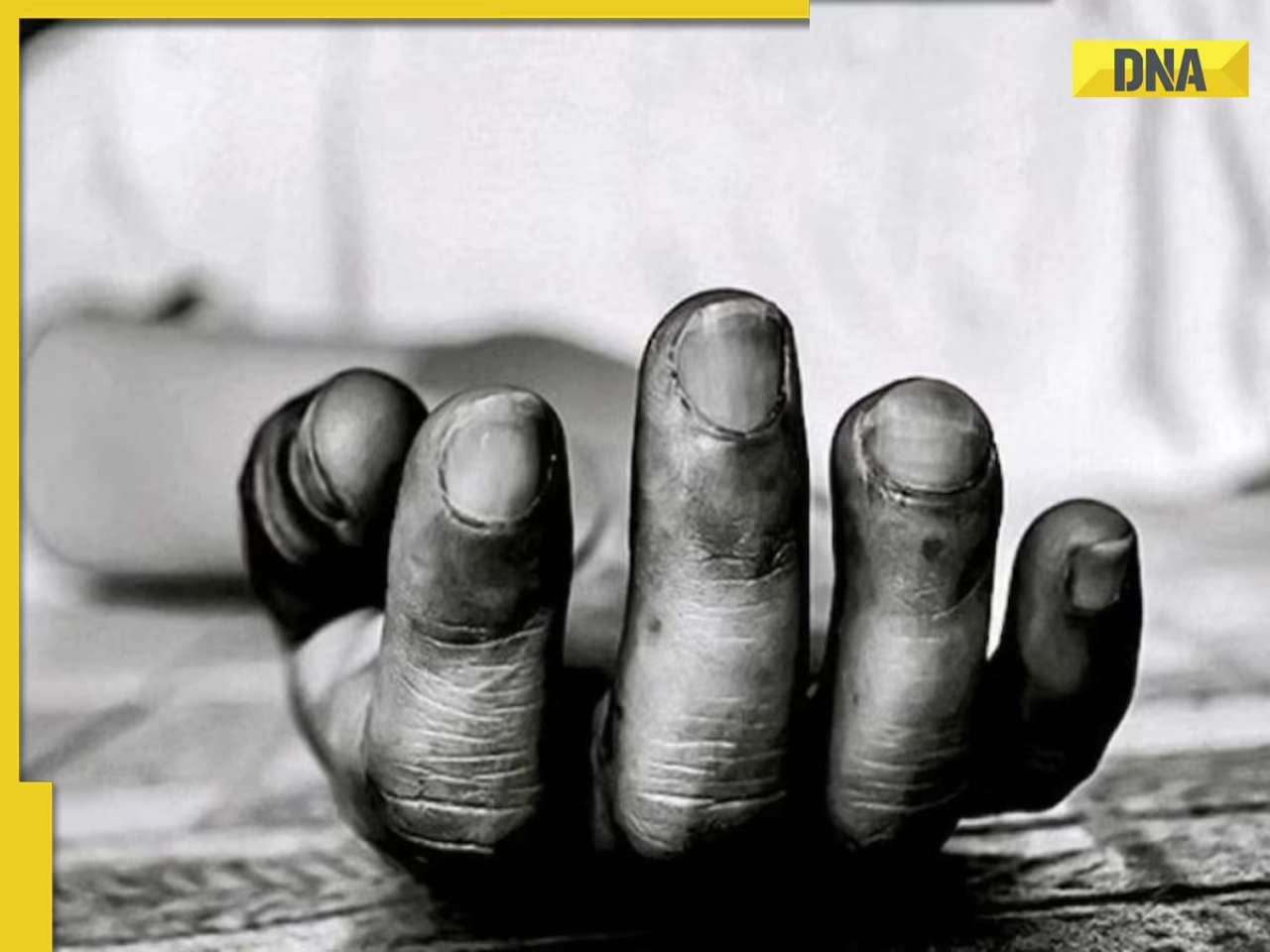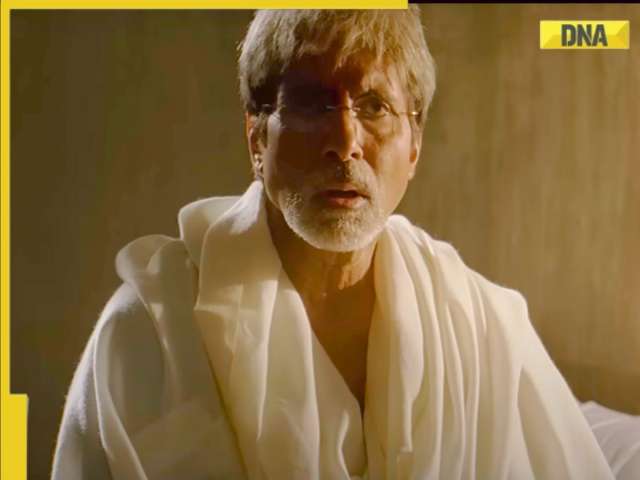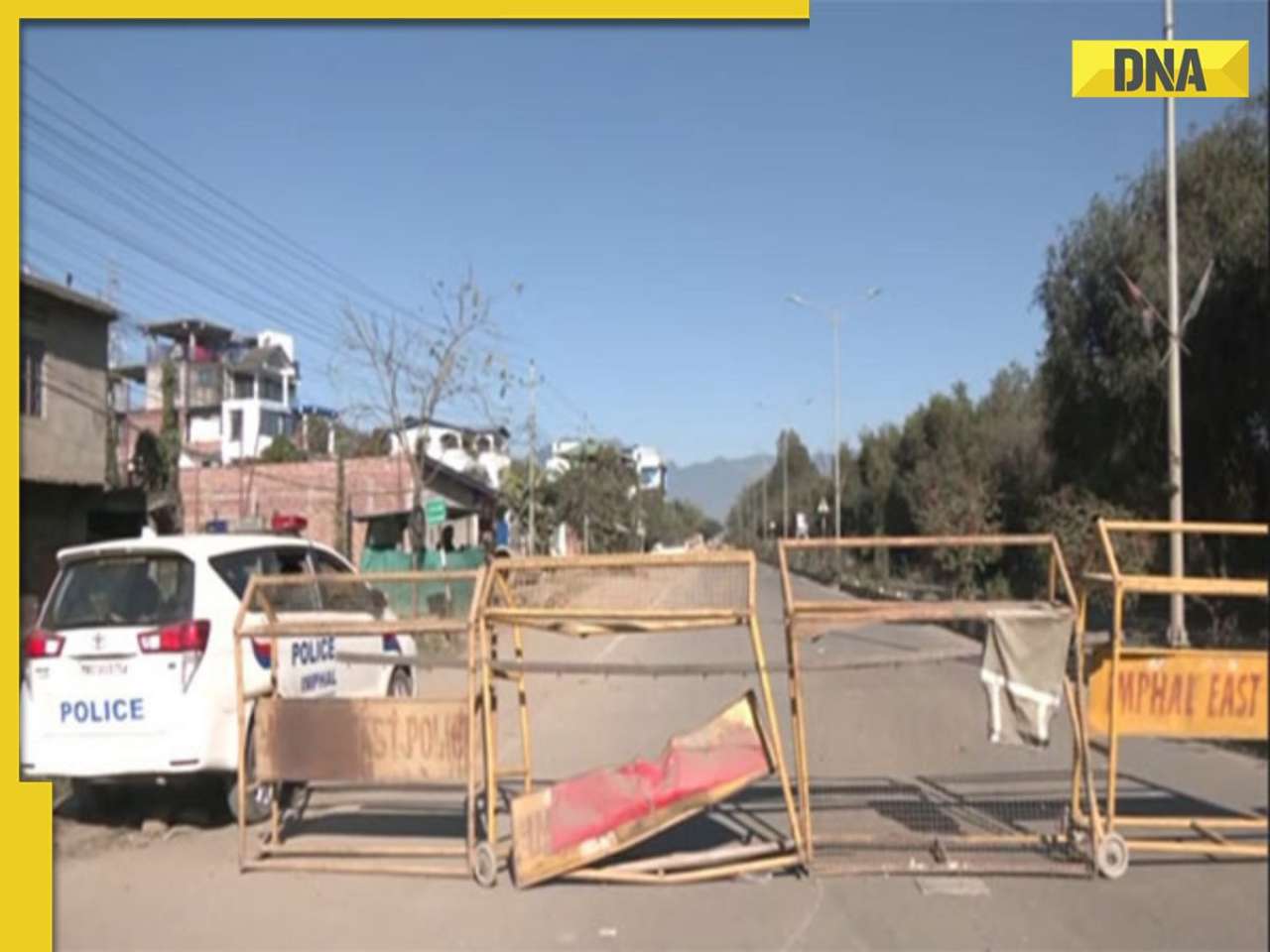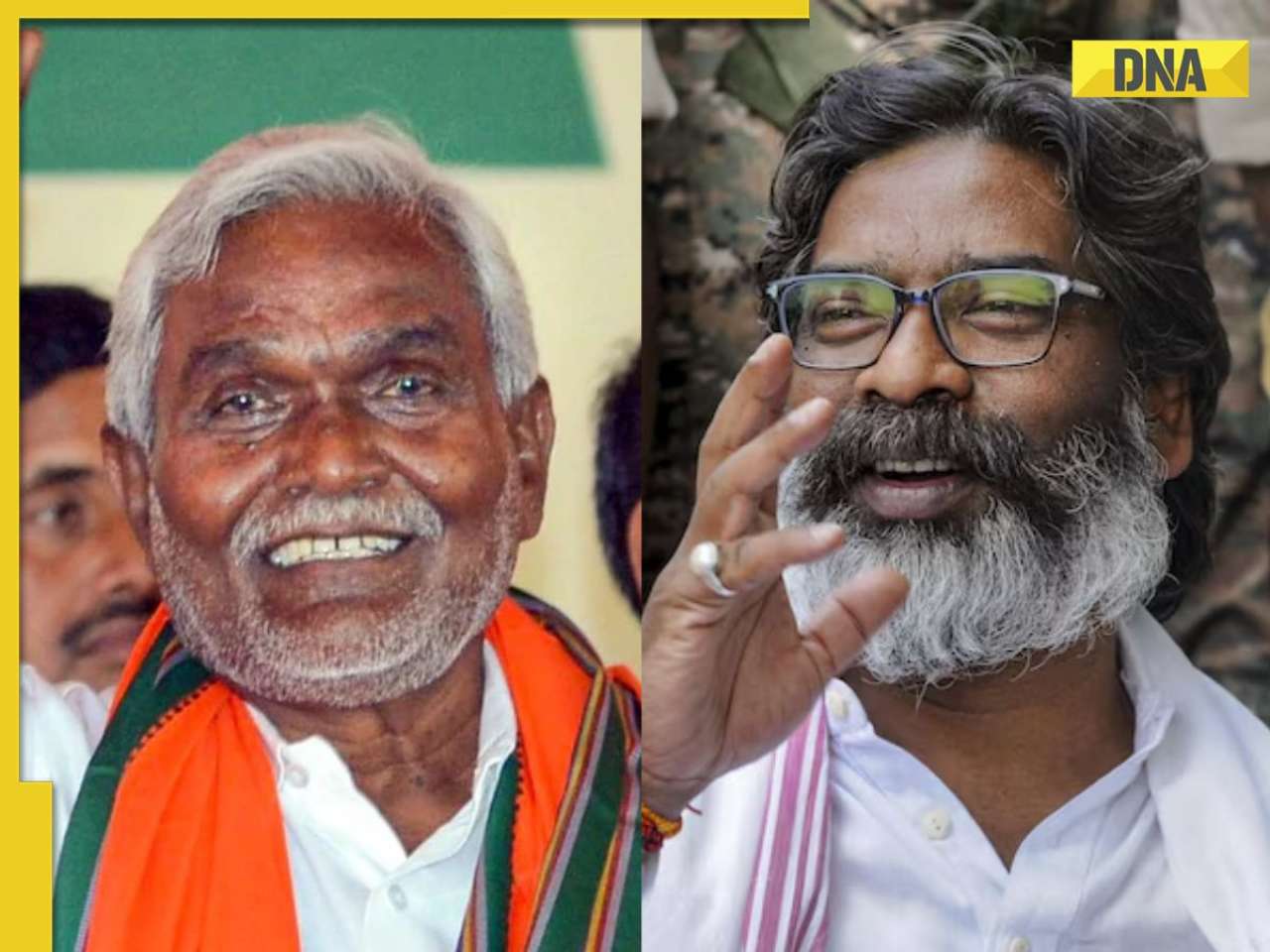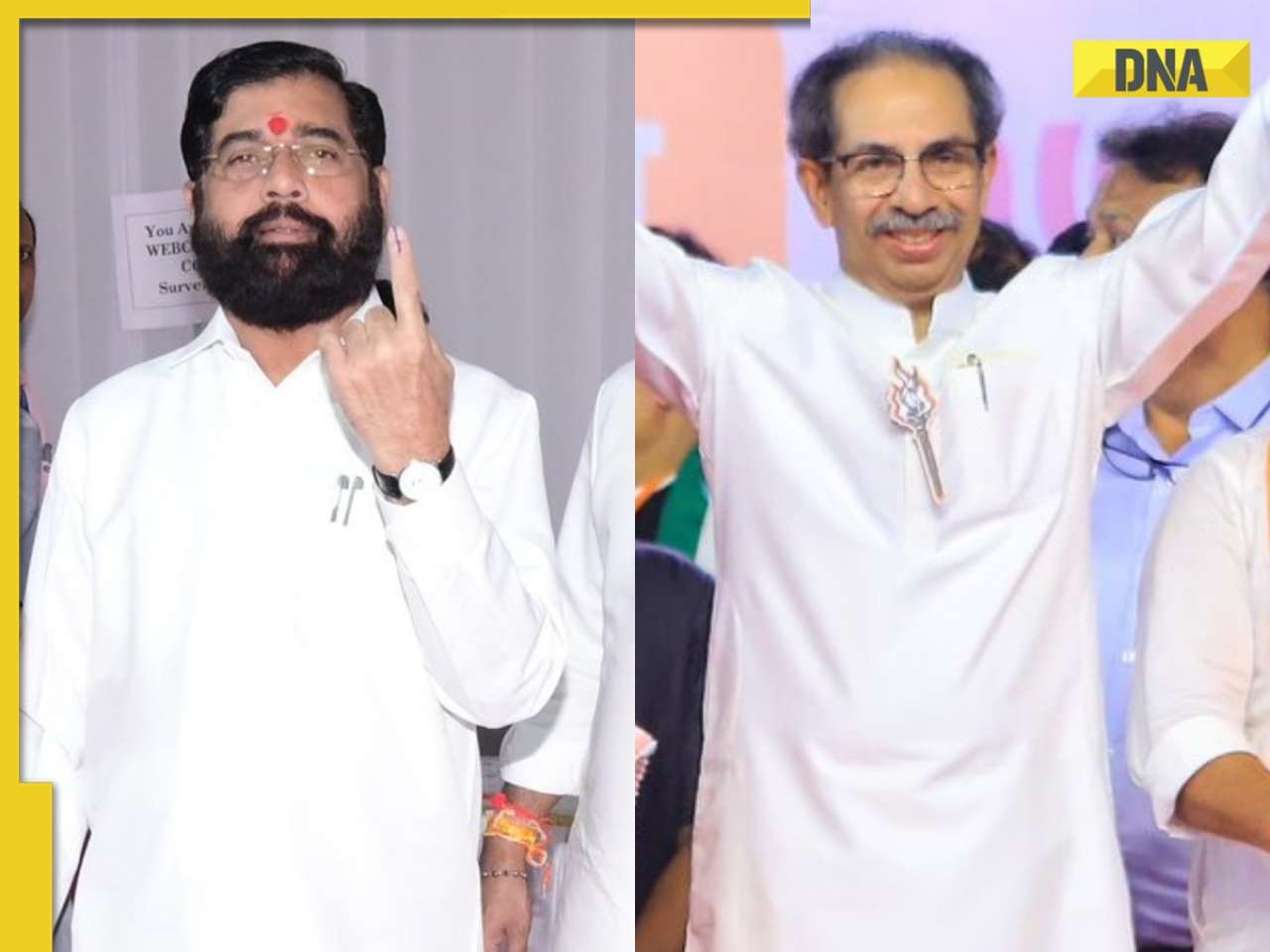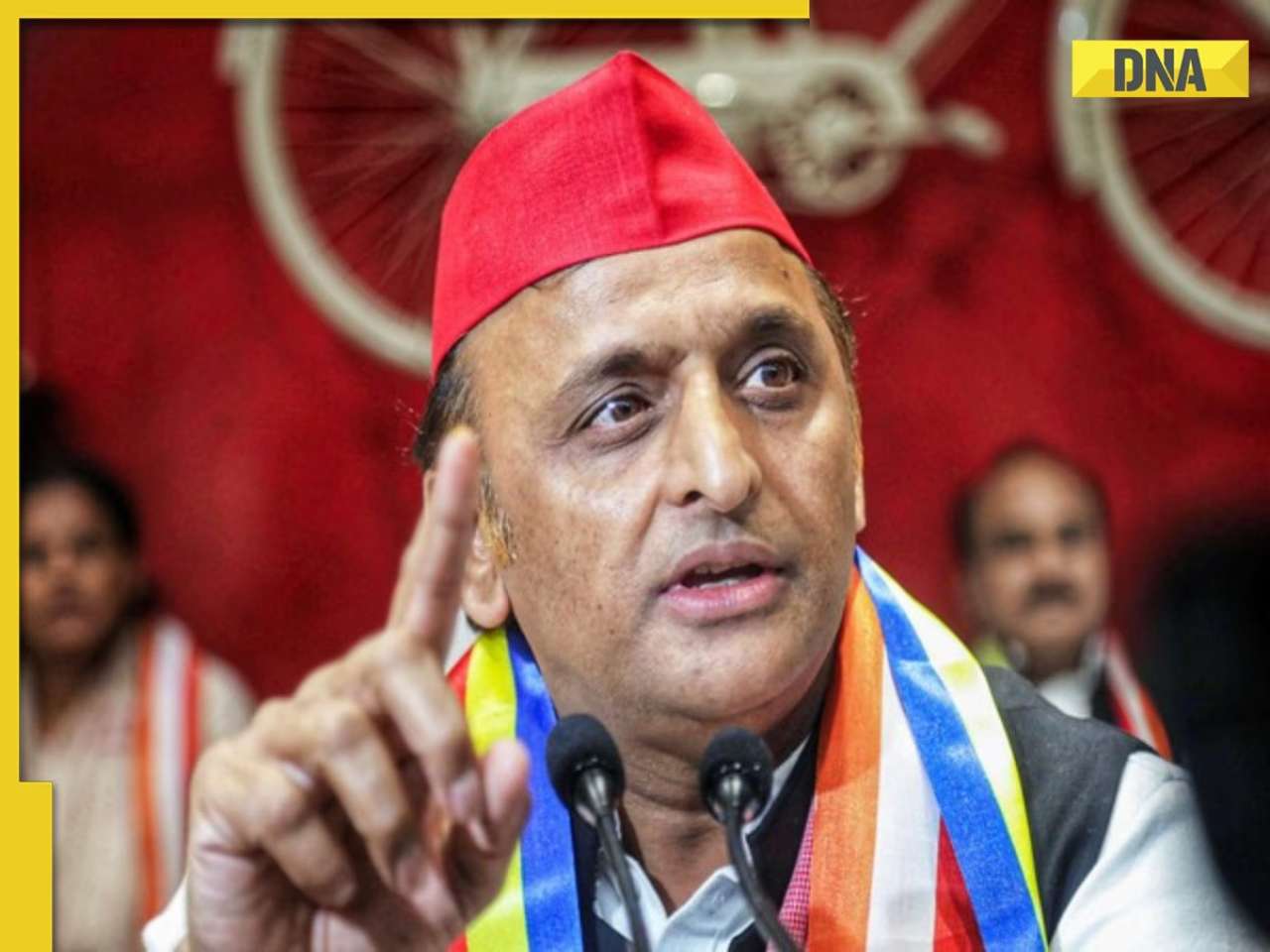- LATEST
- WEBSTORY
- TRENDING
INDIA
Operation Blue Star: India’s first tryst with militant extremism
The gruelling battle between the Indian army and religious militants led to the rise of the Khalistan movement and the assassination of Indira Gandhi
TRENDING NOW
Early this week, India marked the thirty-second death anniversary of late Prime Minister Indira Gandhi on 31 October, with a subdued function attended by members of the Nehru-Gandhi family and prominent members of the Congress Party at her memorial, Shakti Sthal in New Delhi. It automatically rewinds one’s memory back to that fateful day in Indian history when Indira Gandhi was felled by the bullets of her Sikh bodyguards at a garden porch outside her official residence on 1 Safdarjung Road, New Delhi, on the morning of October 31, 1984. Gandhi’s two bodyguards, Sub-Inspector Beant Singh and Satwant Singh, devout Sikhs by faith shot her at point-blank range enraged at her for calling orders for Operation Blue Star, a military operation which had allegedly desecrated the holiest shrine of the Sikhs, the Harmandir Sahib or the Golden Temple at Amritsar in Punjab earlier that year.
How it began
Operation Blue Star, Indian army’s most controversial operation took place from June 1 to June 8, 1984, at Gandhi’s orders to evacuate ‘Sant’ Jarnail Singh Bhindranwale, a militant religious leader of the Sikhs who had ‘occupied’ the precinct of the Harmandir Saheb, with the support of armed militia between July 1983 and June 1984. Bhindranwale’s meteoric rise in Sikh community politics was partly due to the covert support he received from the Punjab Congress leaders, to divide the Akali Dal, a socio-religious party of the Sikh community which was poised to defeat the Congress in the 1980 elections. It has been alleged that Bhindranwale was chosen for this role by none other than Giani Zail Singh, who then headed Punjab Congress at the behest of Gandhi’s son and presumptive heir, Sanjay Gandhi. However, Bhindranwale who headed the Damdami Taksal, an educational institution for training young Sikh clerics, soon proved to be his own person with his own ideas for creating a renewed puritan order of the Sikhs based on militant power.
Rein of religious terrorism
Bhindranwale launched the ‘Dharam Yudh Morcha’ in August 1982 to push for the implementation of the Akali Dal’s Anandpur Sahib Resolution of 1973 which called for a return to a more puritan form of Sikhism. In July 1983, Bhindranwale was invited by H. S. Longowal, the Chief of the Sikh Gurudwara Prabandhak Committee (SGPC) to occupy the Guru Nanak Niwas at the Golden Temple, which gave him virtual control over all access to this most important shrine of the Sikh community. Bhindranwale fortified the Golden Temple complex with machine guns and anti-tank launchers using the services of a disaffected ex-Indian army official, ‘General’ Shahbeg Singh to train his supporters. His supporters’ excesses mounted by the day and resulted in the murders of important public figures including A. S. Atwal, the D. I. G. of Punjab Police who was shot in broad daylight at the footsteps of the Golden Temple on April 23, 1983.
—Getty Images
The planning
Bhindranwale’s abject rejection of peaceful settlement forced Gandhi to consider a more radical way of evacuating the terrorists from the Golden Temple. She turned to the army officials to prepare a draft plan for the evacuation which soon culminated into Operation Blue Star, which was commanded by Lt. Gen. Kuldeep Singh Brar and supervised by Lt. Gen. K. Sundarji and Army Chief Gen. A. S. Vaidya. The actual operation was divided into two major sub-operations, Operation Woodrose to contain any attack by Bhindranwale’s sympathisers from the Punjab countryside, and Operation Metal to secure the Golden Temple for the Indian government.
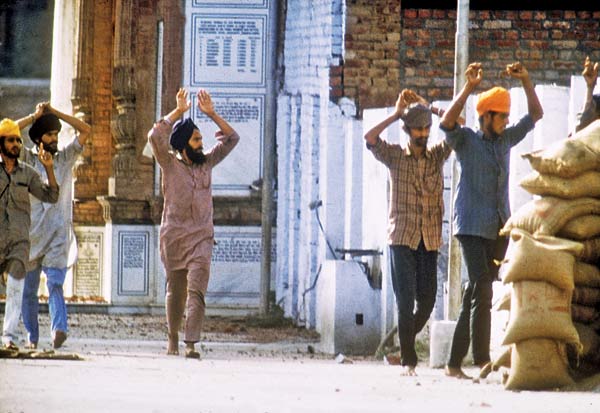
Suspected Sikh militants surrender before the army in 1984 in Amritsar, India. —Getty Images
The tragedy of Operation Blue Star was - its timing coincided with the annual commemoration of the martyrdom of the fifth Sikh Guru, Guru Arjandev which led to the flocking of a large number of Sikh pilgrims to the temple complex. The government justified it by pointing to the call given by Longowal for beginning a state-wide civil disobedience on June 3, 1984. However, this factor added to a significant number of civilian casualties and injuries caused by the operation though the army claimed to have ordered a general evacuation of the complex before it rushed in. Additionally, the government imposed Emergency in the Punjab during the Operation causing a blackout of media reporting.
The attack
The step-by-step operation began on June 1 with the armed forces encountering machine-gun-wielding militants in gun battles for control of the Harmandir Sahib Complex. The army sealed off the Temple complex and began pounding the outer defences laid by Gen. Shahbeg Singh. It also rushed tanks and armoured vehicles to the complex along with army helicopters which gave real-time information to its commanding officials. There was temporary ceasefire on 4 June when a team led by G. S. Tohra, ex-SGPC chief went in for negotiations with Bhindranwale on behalf of the government. However, the failure of the talks led to the recommencement of the hostilities, with firing on June 5 resulting in massive casualties to the Indian army and destruction of three tanks when the army units tried to capture the Akal Takht. The Operation countered more resistance for the next two days with continuous firing by the militants till June 7 when the army finally gained control over most of the Temple complex. A raging battle continued between the army and a small group of holed-up militants between June 8 to 10. When Operation Blue Star ended, there were 700-800 odd army casualties and over 500 militant casualties, including that of Bhindranwale, who was also reportedly killed in the operation. Government sources reported about 5000 civilian casualties.
Rise of Khalistan movement
Operation Blue Star had wider repercussions on the country’s politics as numerous Sikh youth turned to the Khalistan Movement, which gained more traction in the coming years supported and abetted by Pakistan’s ISI and orthodox Sikh groups. Indira Gandhi became the most hated person for her role in Operation Blue Star, as it had destroyed and damaged portions of the Akal Takht with massive casualties of Sikh pilgrims. Additionally, the Sikh sensibilities were offended at the alleged entry of the army personnel with boots in the complex and the wanton ‘destruction’ of Sikh scriptures’ manuscripts which were mischievously claimed to have been burnt deliberately at the behest of the government. These claims among many other rumours fuelled an atmosphere of mistrust with the government leading to the conspiracy to assassinate Indira Gandhi within four months of Operation Blue Star.
The hunter and the hunted
Operation Blue Star led to an increased threat perception to Indira Gandhi’s life leading to the initial removal of Sikhs from her personal bodyguard by the Intelligence Bureau. However, she thought this would reinforce her anti-Sikh image among the public and give ammunition to her opponents. She forced the SPG to reinstate her Sikh bodyguards especially Beant Singh who was believed to be her personal favourite. These circumstances led to her assassination by Beant Singh and Satwant Singh on the morning of October 31, 1984, who shot 36 bullets from a revolver and a Sten gun at close range.
The Sikh community’s troubles however only increased with Gandhi’s death. As news filtered in that her assailants belonged to the Sikh community, a horrific anti-Sikh pogrom began on the evening of October 31 in the suburbs of Delhi staged by anti-social elements allegedly at the behest of local Congress politicians who wanted to teach the Sikhs a lesson. The rioters targeted Sikhs systematically using electoral lists to identify Sikh families in the suburbs of Mongolpuri, Palam, Shahdara, Trilokpuri, Sultanpuri and Trans-Yamuna region.
The anti-Sikh riots
The violence began on the evening of October 31 itself in and around the neighbourhood of AIIMS, and soon spread to pockets of the city where there were Gurudwaras, and finally the suburbs, lasting till November 3. The mobs used knives, iron rods and clubs to attack male members of Sikh families, and later doused their bodies with inflammable liquids to burn them and destroy evidence. The mobs alleged to be incited by prominent members of the Congress viz. H. K. L. Bhagat, Jagdish Tytler, Lalit Maken, and Sajjan Kumar who were said to have supplied the rioters with weapons, cash and other logistical support to carry out the carnage for over four days. The riots are said to have killed at least 3000 Sikhs in the Delhi-NCR region and displaced scores of Sikhs by burning the Sikh business establishments in the area. The violence is said to have affected other parts of India as well taking the body count as high as 8000 till it was brought under control. The violence ironically happened in the backdrop of the swearing-in of Indira Gandhi’s eldest son, Rajiv Gandhi as the new Prime Minister at the invitation of President Giani Zail Singh who was the first Sikh occupant of the august office.
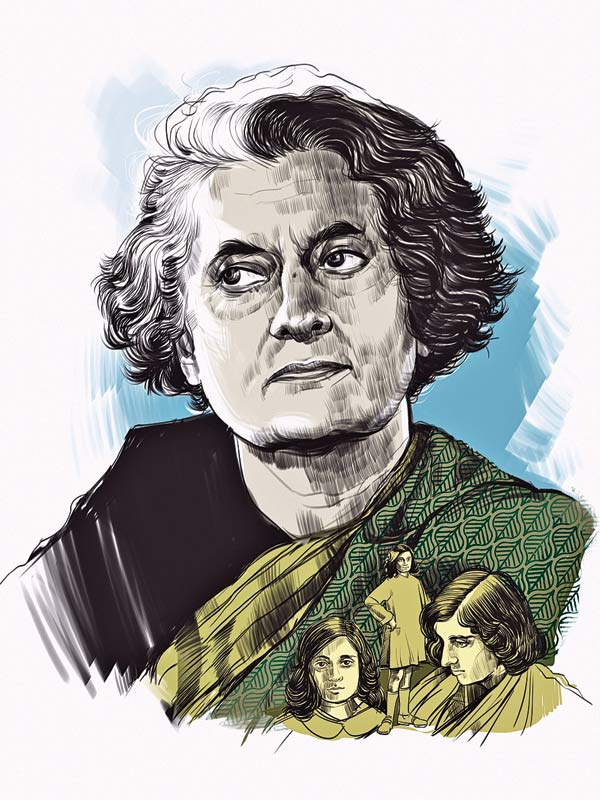
The anti-Sikh riots outraged Sikhs all over the world and fuelled the Khalistan movement with young recruits rushing to enlist in the movement. The Khalistan insurgency was to haunt Punjab and the Indian government till early 1990s killing scores of innocent civilians and government officials. It was sustained by the support of Pakistan’s ISI and a section of overseas Sikhs who misguidedly thought that the Sikh community’s cause would be better served by secession. However, systematic and careful handling of counter-insurgency measures later in the 1990s helped the government bring the Punjab militancy to an end; though not before the loss of thousands of lives due to the flames of religious extremism and uncaring governmental response to the problem.
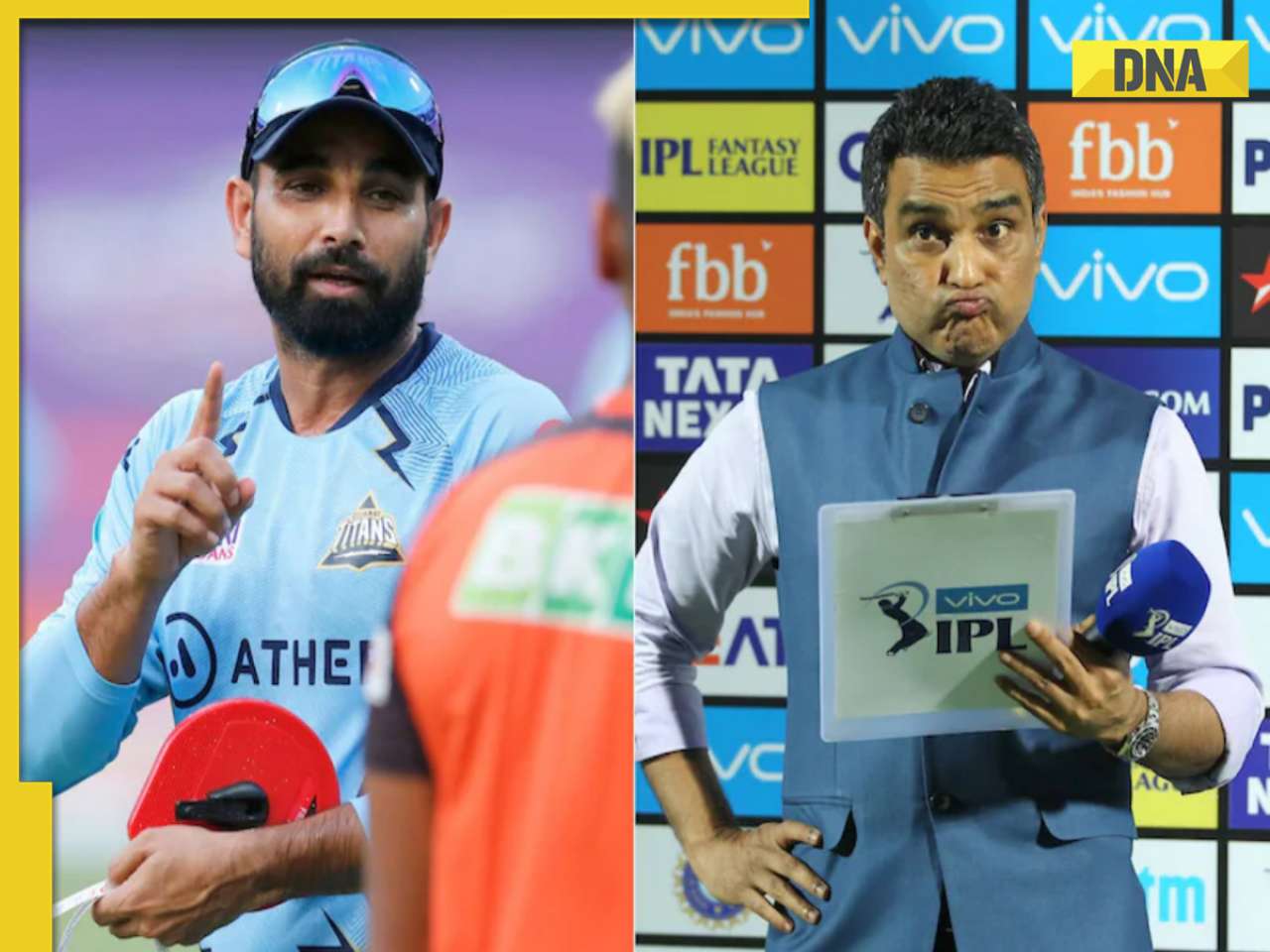
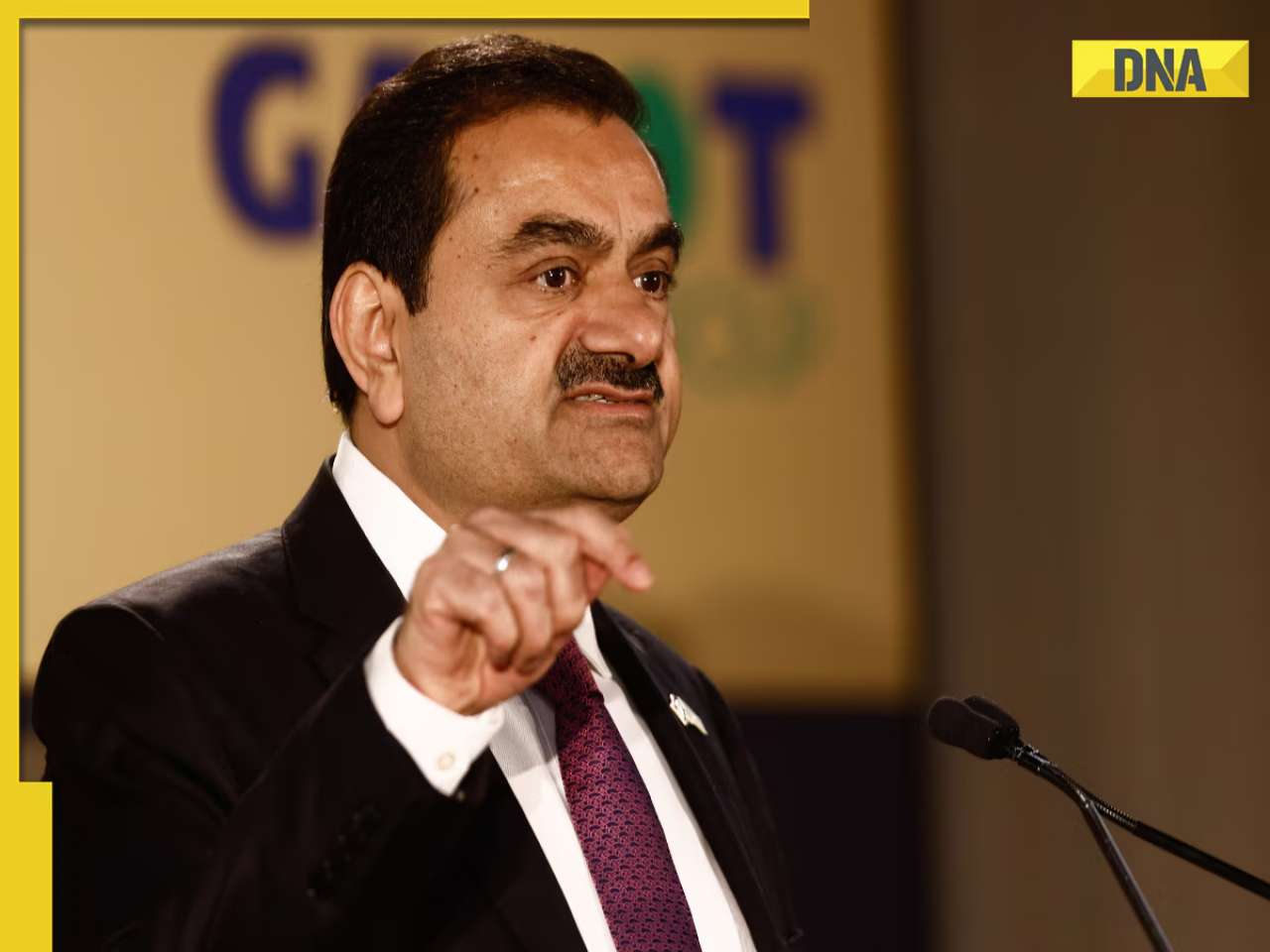
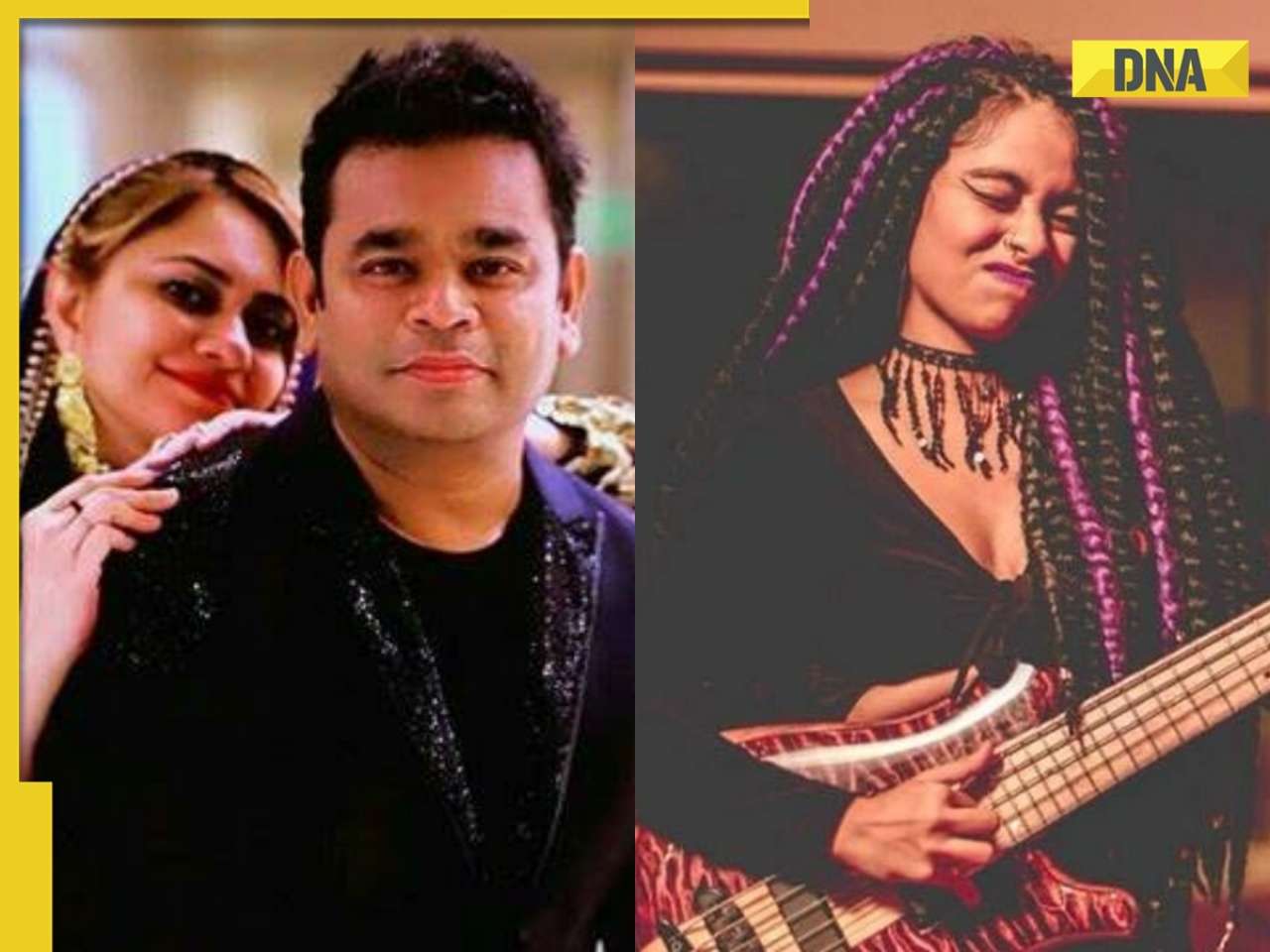
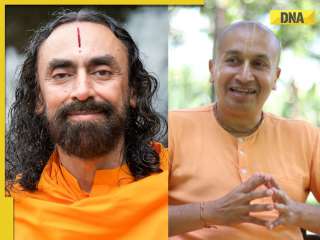



)
)
)
)
)
)
)
)
)
)
)
)
)
)
)
)
